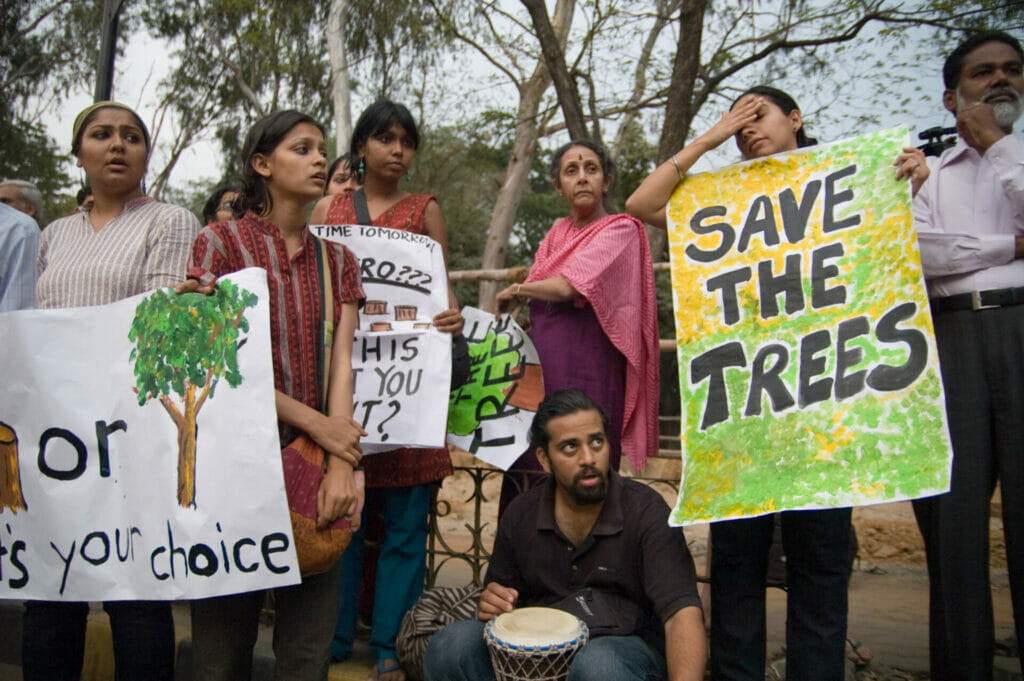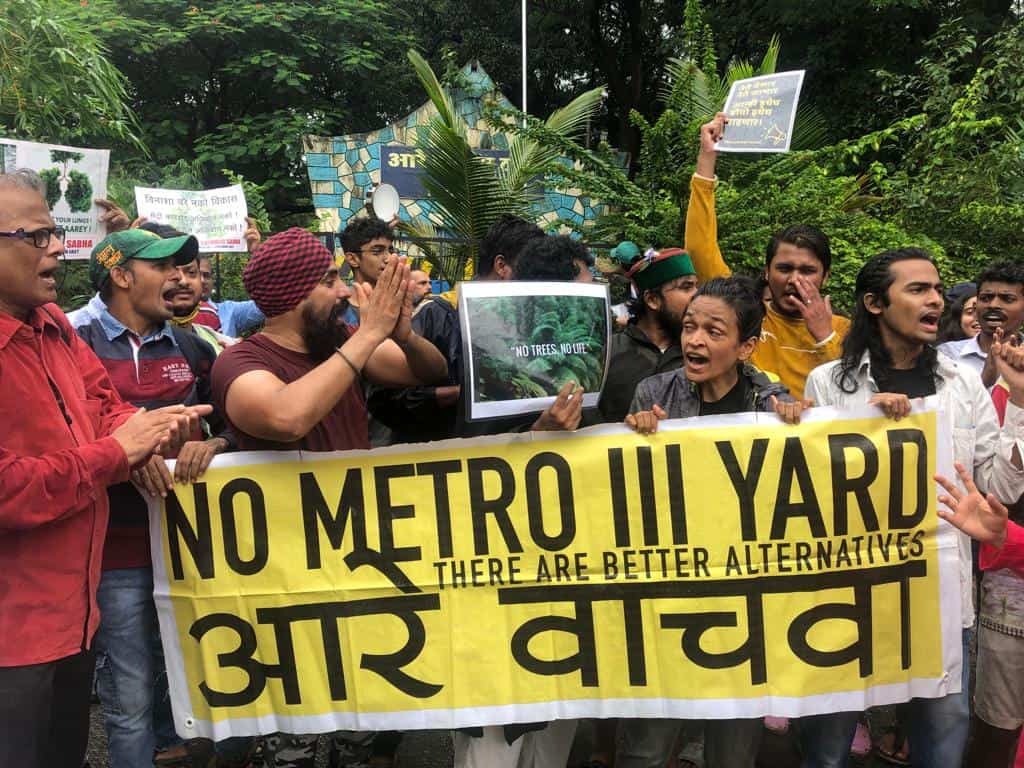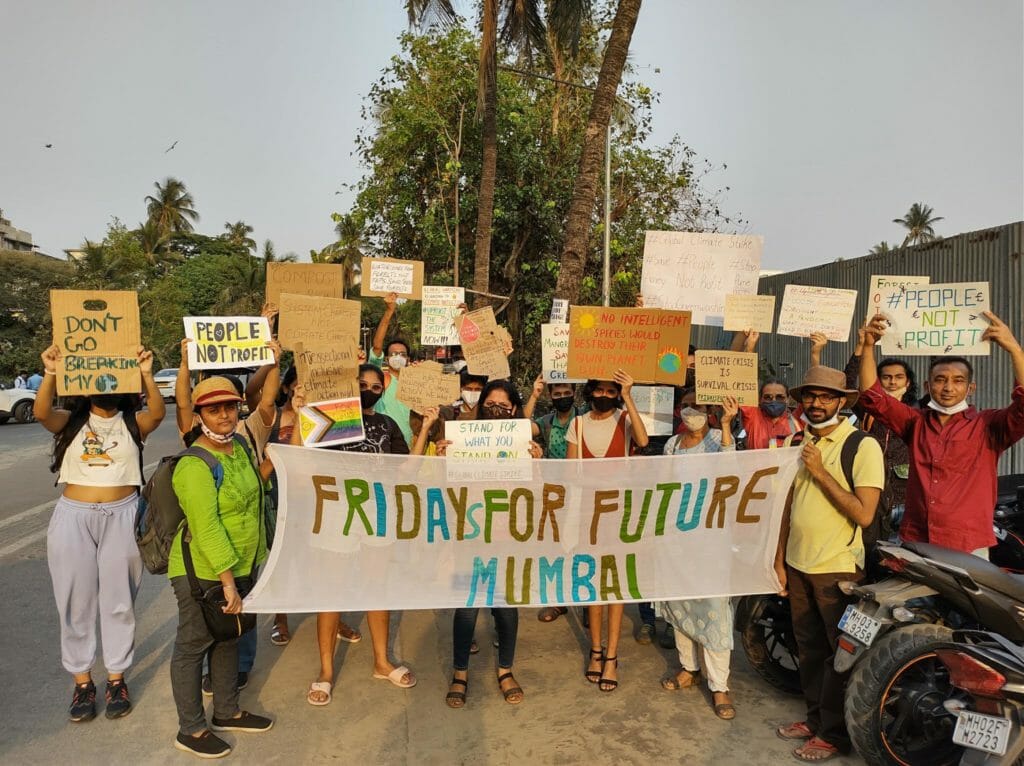When presented with the factual inevitability of the climate crises, youth across circumstances struggle to cope, join the climate justice movement, and ultimately, create an impact. These struggles are not limited to young adults aged 18 to 30—as most constituencies describe youth—but also children and adolescents.
Children and adolescents are often amongst the most affected, due to factors such as dependence and other vulnerabilities, and their rights and such are just as often central to climate discourse. Everyone talks about the next generation and preserving the earth well for our children. Whether children are actually a part of these conversations that are about them is another question entirely.
A lack of inclusion of children and adolescents manifests through several different barriers, making the environmental justice space largely inaccessible. There is an urgent need to dismantle these and to fight for the inclusion of all structurally-excluded and most affected groups.
Read more: Climate Strike comes to India — three things to keep in mind
Limited agency
“Why don’t you clean your room instead?”, is a common response when I request permission to go out to a climate strike from my parents; a “what’s the point” from a friend when I circulate a digital petition or invite to a Twitter storm.
Most people, especially adults, are quick to deflect from climate action when it involves structural change. We are often discouraged from participating in spaces that are seemingly always for more qualified and experienced people. Our volunteering is limited to our college’s mandatory service hours and our impact curbed by the lack of accessible opportunities. Information and education is often drained of true environmental education that cultivates socio-eco-political consciousness.

When we do step out into the “real world,” people expect us to know what we have to do. I’ve had some great mentors, and then I’ve had granters who deposited unnecessarily-regulated funds (“No, you are not allowed to provide compensation or remuneration”) into my bank account with little guidance on how to use them. Resources, when provided, should cater to the needs of young people. Often we know what we want to do, but have never been guided as to the “how”, given the inaccessible and hegemonic structures that often govern us.
Read more: Climate change, rainfall patterns and what it means for Mumbai’s monsoon
On the personal front, children and adolescents already face enough barriers with high academic pressures and mental health challenges that come with growing older in an increasingly destructive world. Time and energy are hard to spare when there is so much that needs to be done.
Upon navigating these challenges, many seek to contribute to the movement by finding fellow young environmentalists—a struggle that is isolating, but can finally result in unparalleled feelings of belonging.
The role of schools and institutions
Several organisations have begun to recognise the importance of children and adolescents to the movement, with a new phase of opportunities transcending age limits. This is in itself a huge first step, however, we still need things like accommodative timings, reduced workloads and provisions for safety during events and online.
Student clubs and organisations have also successfully organised for climate action within educational spaces. When school administrations support student-led initiatives and demonstrations, it helps build a positive environment for participatory education.
Yet, interschool connectivity is missing. Students should be given the space and opportunities to collaborate with different local schools to co-organise events and activities—for example, several schools can band together to install a composting unit. At the same time, students should be able to connect with different local organisations and activists who would be willing to mentor and support students or give students opportunities to volunteer as part of the organisation’s projects.

A climate justice conference to lead the way
To create such an ecosystem within Mumbai, a student network convened on April 8th and 9th as part of the city’s first student-led climate justice conference. In an attempt to dismantle barriers of technicality, we embraced informal discussions that were merely facilitated by experts. Experts didn’t deliver speeches to be passively absorbed by student participants, but rather, for active discussion and debating.
Prominently, during one discussion where urban planner and MYCA fellow Saman Jain played the devil’s advocate by sharing the government’s perspectives on issues pertaining to “development,” environmental impact assessment (EIA) and the climate action plan—participants passionately contested his ideas.
Several other sessions involved locally-relevant discussions on coastal and mangrove ecosystems, with students from near the coast and parts of Navi Mumbai highlighting the destruction visible there due to infrastructure development and the coastal road project. When watching the film Fight with Care, by documentary-makers Qurratul Ain Contractor and Bhargav Prasad, student participants recognised another critical issue of communication: art and media are much more expressive and efficient when it comes to connecting with youth. The film and surrounding discussions on health and climate justice brought in a much-needed perspective of the social impacts of the planetary crisis.
Read more: Livelihoods under severe stress as climate change impacts Mumbai’s dried fish sector
Communication was a major theme all throughout the conference—we were really just trying to discuss ideas in an open space by deconstructing communication barriers. Rather than using technical language and hard research, we used graphics, art, performance, and other works of media to convey greater themes and ideas as part of civic imagination. When we did have to use words, we experimented with the idea of multilinguality and had community participation for co-translating.

Earth day, Mumbai and the future
The accessibility and sustainability of ecological art as a platform to students gives space not just for advocacy and developing camaraderie, but also for participating in building a better future world. It is about time that arts and design be given due diligence in educational space; that societal impacts and intersectionality be centred in conversations; and students be given the support we need to help create justice-centric climate action.
For students in Mumbai, Earth Day is just one day in an endless, ongoing series of events to revive the ecological consciousness of Mumbai. To save the coasts, trees, public transport, homes, improve mobility, accessibility, improve public consultation processes and save our city. This is a call to the children, the young, the old—everyone—to embrace being in solidarity with each other in our fight for environmental justice for all those who have come and those who will. Organise a strike in your locality, in your school, and outside your workplace. Have two-way conversations with those younger than you or with those who are oppressed by the power dynamics of any given situation. Listen and provide resources. And for the sake of the earth, stop letting projects with scanty EIAs be blindly approved by greedy corporations and government bodies.
As young people, when we envision the future, we want to be able to live equitably and in harmony with nature. That is the bare minimum. If possible, we would like our childhood homes to be a part of this future too.
I live in the same locality where my father lived. I have always lived here where cultures intermingle. I hope that coming generations can, too.